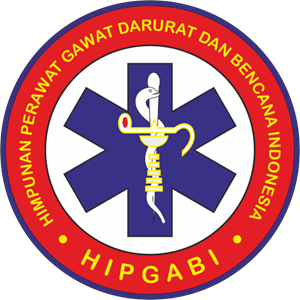The Effect of Health Education Using Uric Acid Diary Book (URICAB) on Dietary Compliance and Uric Acid Levels in Gout Arthritis Patients
Downloads
Introduction: Gout arthritis is a non-communicable disease that continues to increase. The prevalence of gout in Indonesia is 7.30% because the adherence to an unbalanced diet. Therefore, innovation is needed to overcome the problems in gout arthritis patients. The Uric Acid Diary Book (URICAB) is a modification of the booklet media in supporting health education. URICAB contains information related to uric acid, diet lists, and diet diary tables. This study aims to analyze the effect of health education on URICAB media on dietary compliance and uric acid levels in gout arthritis patients.
Methods: This study used the Quasy Experiment method pretest-posttest control group design with a population of 147 people and sample of 72 people. The independent variable is health education media URICAB, while the dependent variable is dietary adherence and uric acid levels in gout arthritis sufferers. The research instrument used blood samples and dietary compliance questionnaires. The data analysis used the Wilcoxon Signed Ranks Test, Mann Whitney U Test, Paired Sample T Test, and Independent Sample T Test.
Results: The results of the Mann-Whitney U Test obtained a value of p = 0.046 indicate that there are increasing dietary adherence. The results of the Independent Sample T Test obtained a value of p = 0.025 indicate that health education in URICAB media affected the reducing uric acid levels.
Conclusion: URICAB media health education had significant effect to improve dietary adherence to the recommended diet and limiting high-purin diets and adherence to drinking as recommended by health workers and reduce uric acid levels.
Copyright (c) 2024 Putri Maulinda Afandi, Andri Setiya Wahyudi, Lingga Curnia Dewi

This work is licensed under a Creative Commons Attribution 4.0 International License.
1. The journal allows the author to hold the copyright of the article without restrictions.
2. The journal allows the author(s) to retain publishing rights without restrictions.
3. The legal formal aspect of journal publication accessibility refers to Creative Commons Attribution (CC BY).

















